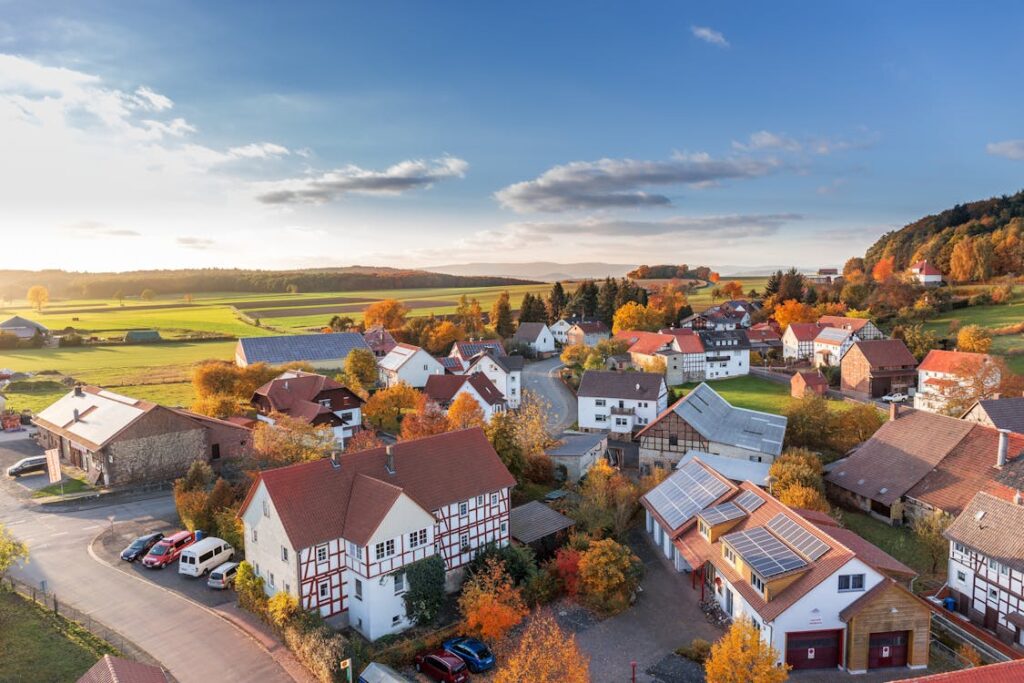In the world of real estate, the competition is fierce, and the stakes are high. As a result, marketing has become a crucial element for success in this industry. One aspect that stands out in effective real estate marketing is photography. In this article, we will delve into the significance of photography in real estate marketing and explore its impact on business success.
Why is Marketing Important?
Marketing plays a pivotal role in the real estate industry for several reasons:
- Increased Visibility: In a saturated market, effective marketing strategies help properties stand out among the listings. It ensures that potential buyers and sellers can easily find your services.
- Establishing Credibility: A well-crafted marketing campaign can establish trust and credibility with potential clients. It showcases your expertise and professionalism, making clients more likely to choose your services.
- Building Relationships: Marketing allows real estate professionals to connect with their target audience. This relationship-building is vital for securing repeat business and referrals.
- Competitive Edge: Effective marketing can generally provide a distinct advantage in a competitive industry. It helps real estate professionals keep ahead of the competition and react to shifting market circumstances.
Why is Photography Important in Real Estate?

Photography holds a unique place in the world of real estate. Here’s why it is so crucial:
- First Impressions Matter: The first impression of a property is often visual. High-quality photographs grab the viewer’s attention and entice them to explore further.
- Showcasing Property Features: Good photography highlights the property’s best features. It lets potential buyers get a clear sense of the property’s layout, design, and condition.
- Emotional Connection: A well-photographed property can evoke emotions in potential buyers. It helps them visualize living in the space, making them more likely to take the next step in the buying process.
- Online Presence: In today’s digital age, most property searches begin online. Quality photos make listings stand out on real estate websites and social media platforms.
The Evolution of Real Estate Photography
Real estate photography has come a long way in recent years. With advancements in technology and the changing demands of consumers, the role of photography in the real estate industry has evolved significantly.
Let’s look at how the Evolution of Real Estate Photography transformed.
The Evolution of Real Estate Photography has fundamentally changed the industry:
- High-Quality Images are Standard: Basically, in the past, simple property snapshots sufficed. Generally, however, with the rise of online listings and the increasing importance of visuals, high-quality images have become the norm. Accordingly, professional photographers with top-tier equipment and editing skills are now essential.
- Drone Photography: Furthermore, aerial shots from drones have revolutionized real estate marketing. Drones equipped with cameras can capture stunning aerial views of properties, showcasing the house and the surrounding neighborhood, landscapes, and amenities. This perspective allows potential buyers to comprehensively understand the property’s location and size.
- Virtual Tours and 360-Degree Photography: In the age of virtual reality, static images are no longer enough. In addition, virtual tours and 360-degree photography offer immersive experiences, enabling potential buyers to explore every corner of a property from their homes.
- Staging and Lifestyle Photography: Moreover, property staging has become an art form, and real estate professionals increasingly use interior designers and staging experts to create visually appealing images. Likewise, lifestyle photography, featuring people enjoying the space, helps buyers envision themselves living there.

- Video Marketing: While photography remains critical, video marketing is gaining prominence in real estate. Property videos, walkthroughs, and even live virtual tours have become popular ways to showcase homes. Notably, videos provide dynamic storytelling and highlight the property’s features.
- Editing and Post-Processing: Additionally, post-processing techniques have advanced, enhancing images, adjusting lighting, and even removing imperfections while maintaining realism.
- Mobile-Friendly Photography: With the increasing use of smartphones for property searches, real estate photography is adapting to be mobile-friendly, ensuring images and virtual tours are easily accessible and visually appealing on smaller screens.
In conclusion, photography remains a cornerstone of real estate marketing, but it has evolved to meet today’s consumers’ changing demands and expectations. To stay competitive in the industry, real estate professionals must embrace these advancements in photography and leverage them to create compelling visual narratives that attract the attention and imagination of potential shoppers.




